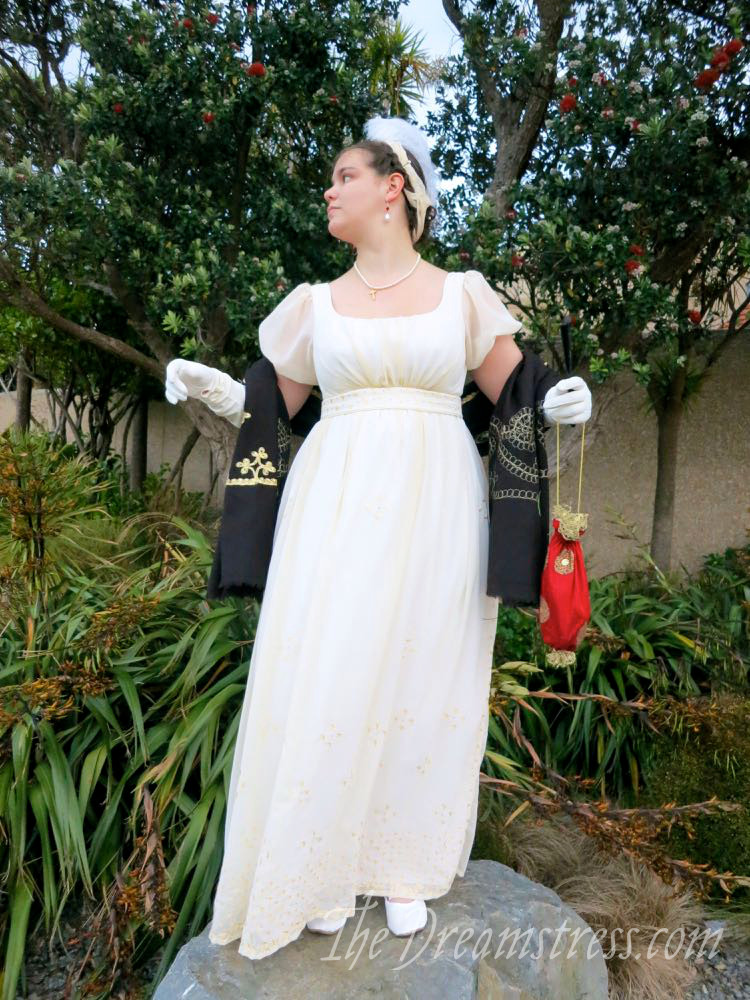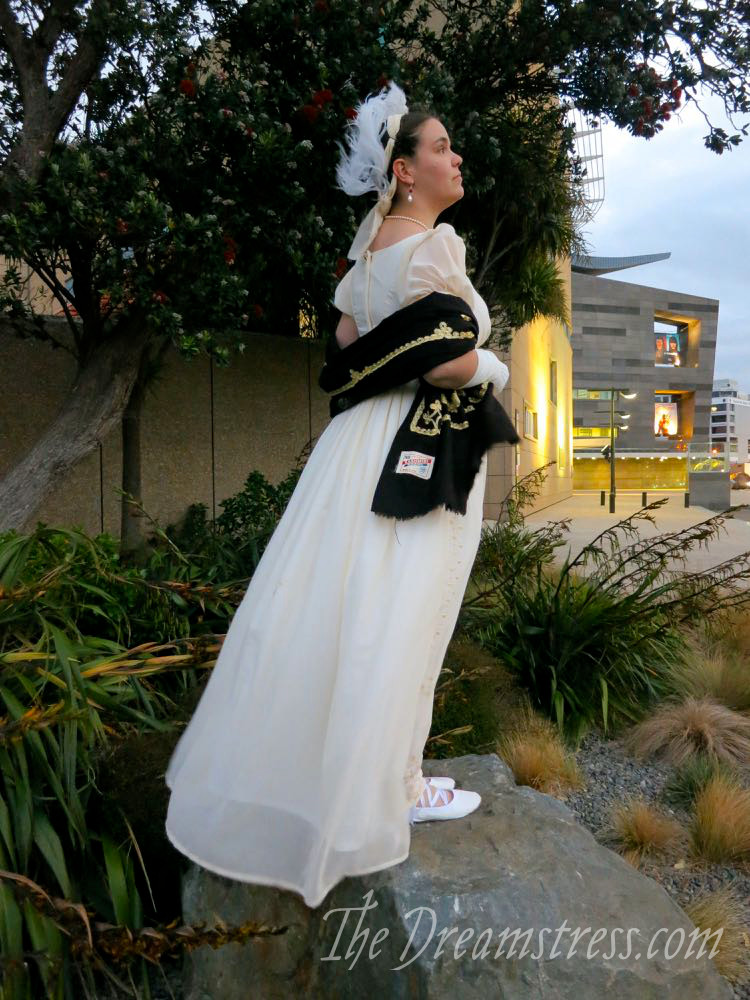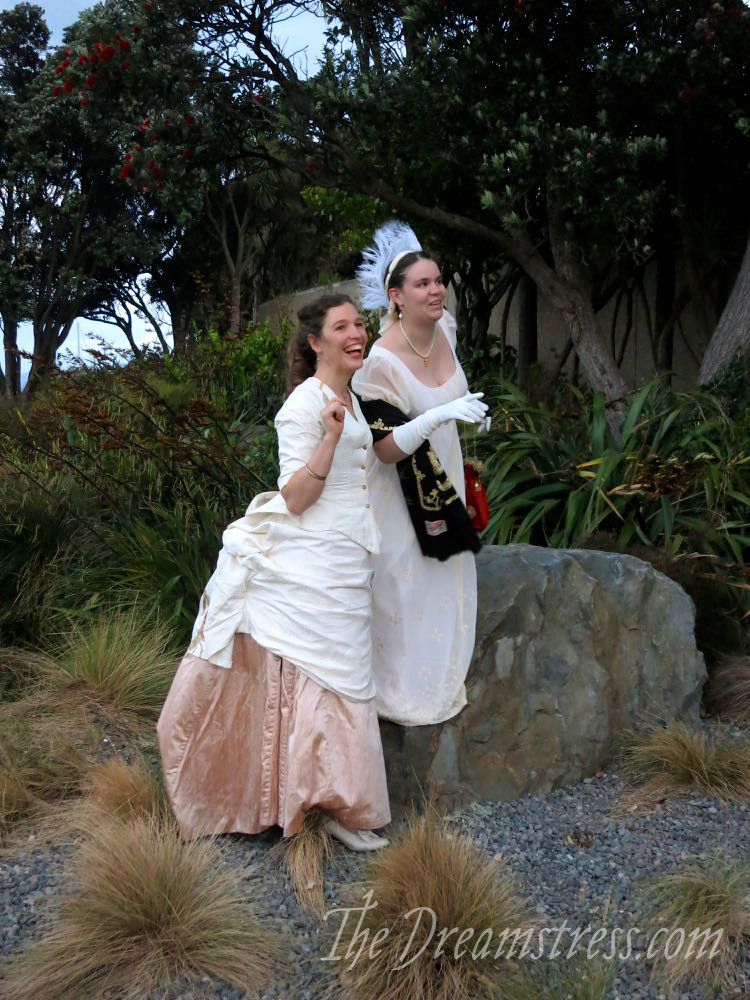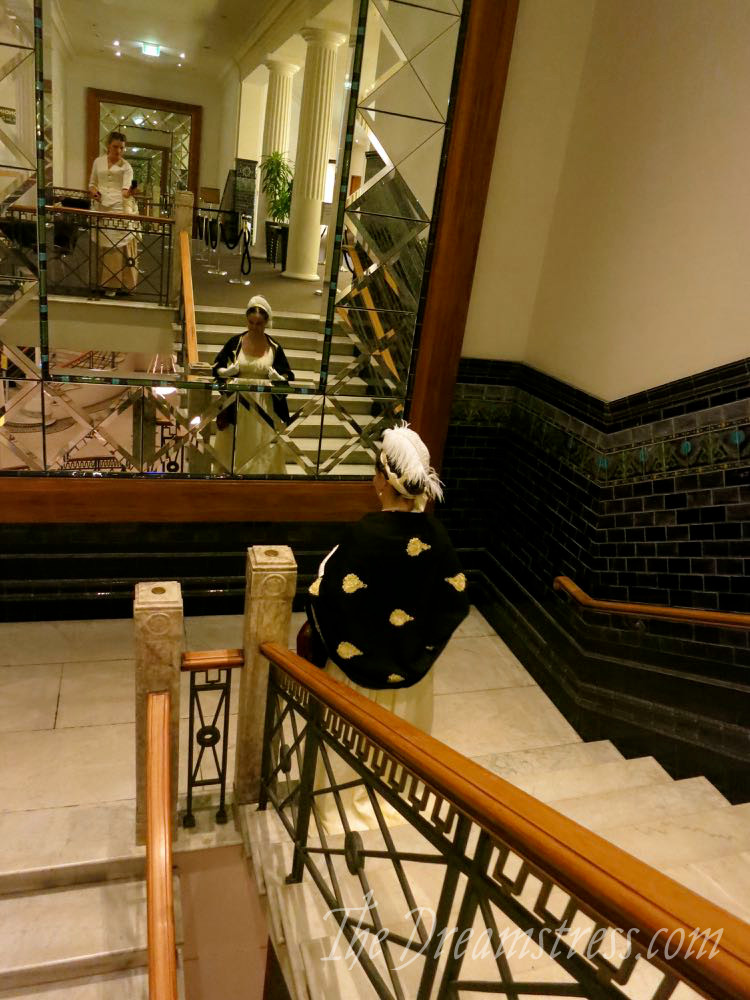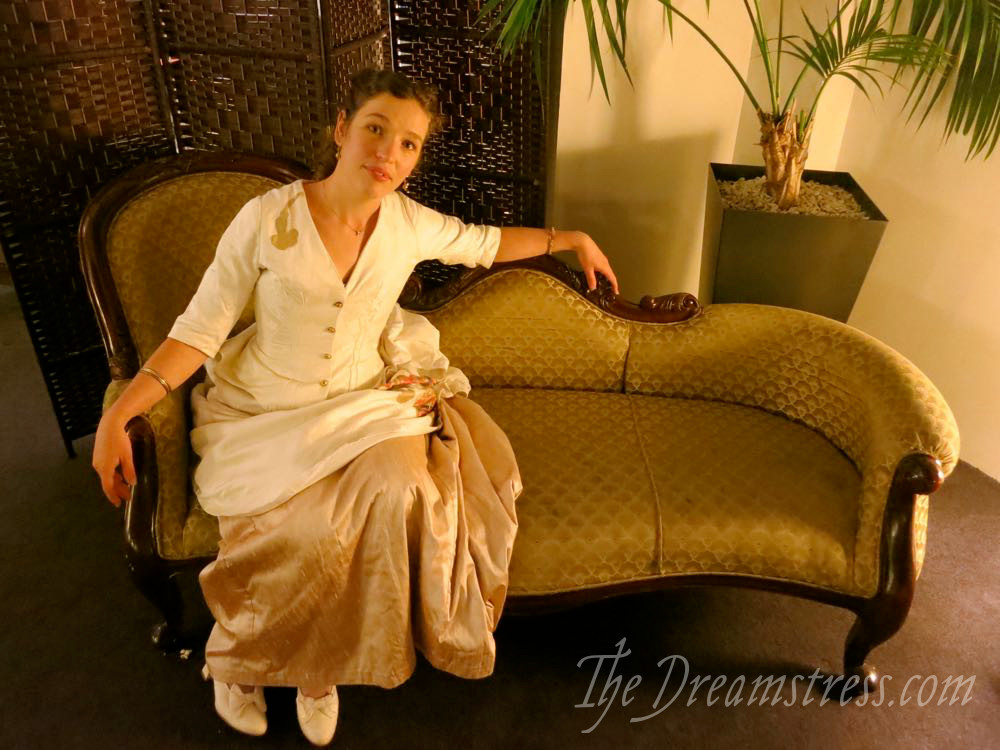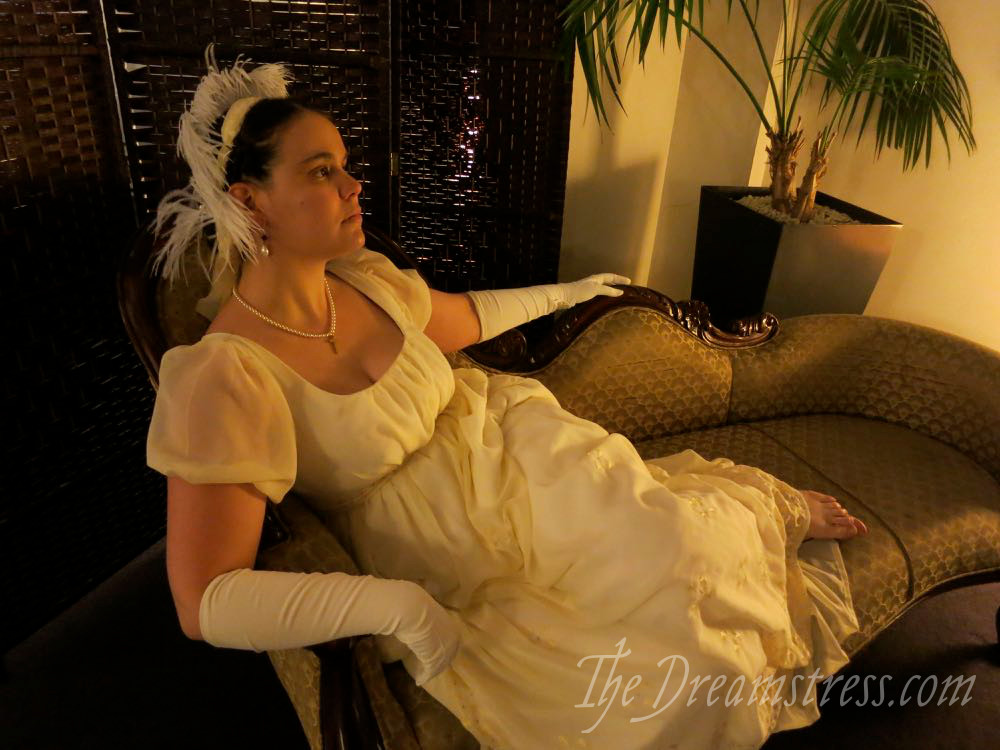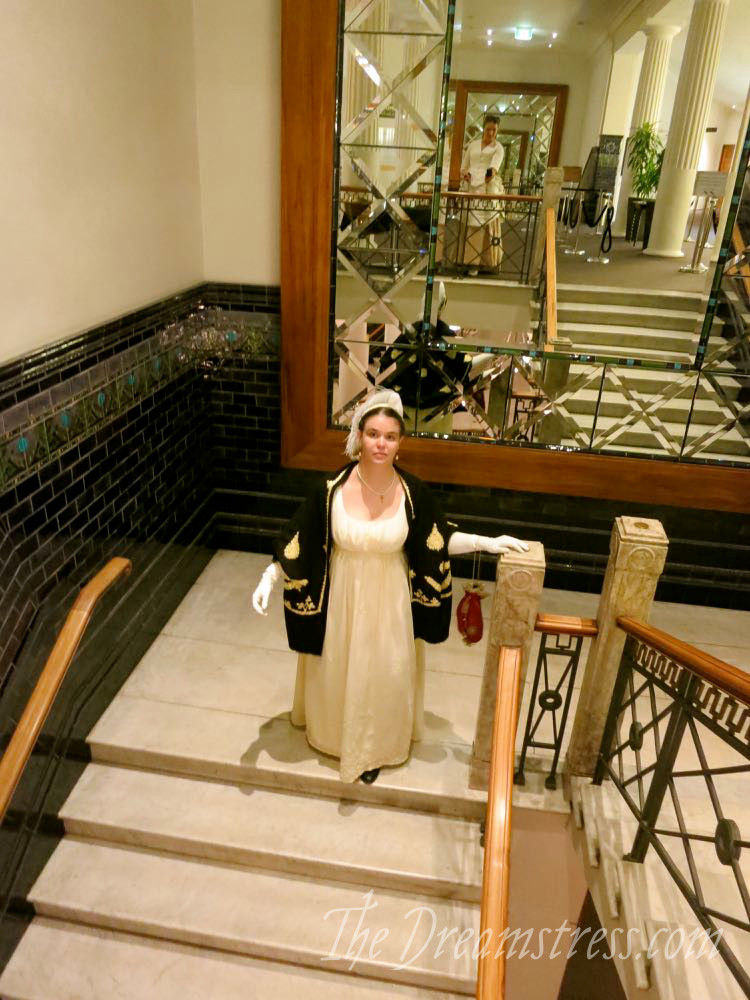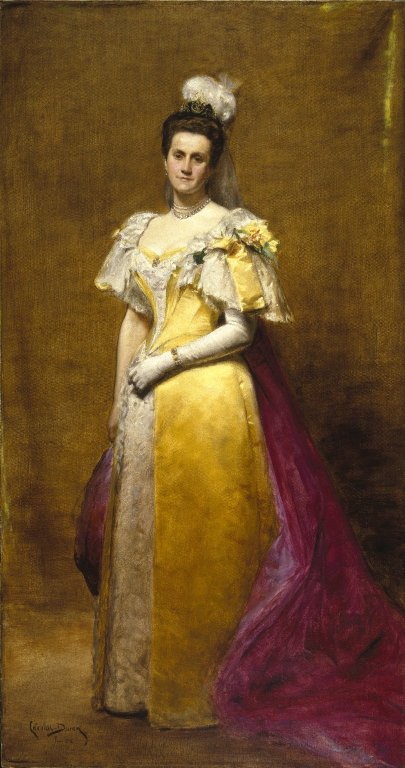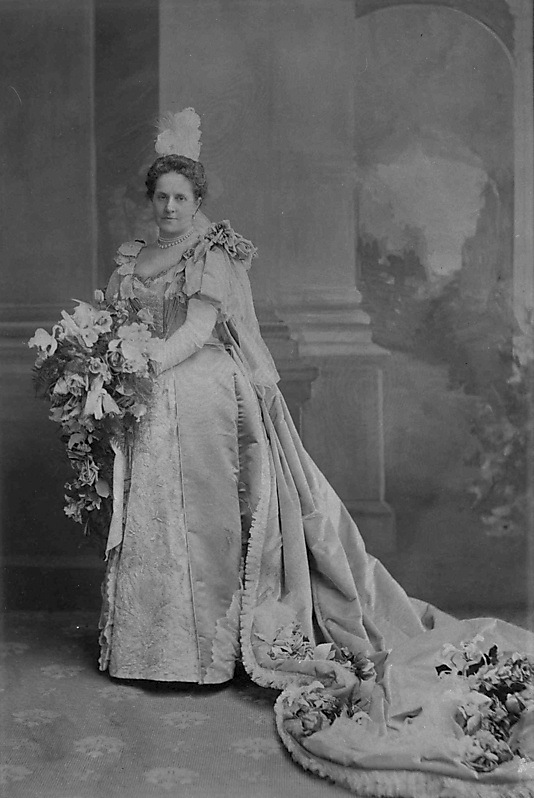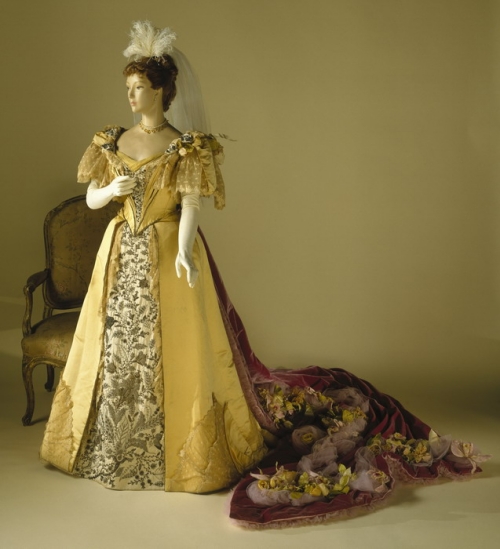I was going through my old photos a few days ago, looking for something specific, and I came across a whole event/photoshoot I forgot to blog about…from December 2013!
Better late than never I guess!
Last December Te Papa (the national museum) had an exhibition of Impressionist artwork from the MFA Boston, and some friends and I decided we ought to go in period dress and pretend we were seeing the art for the first time.
Things came up, and in the end there were only three of us: the Comtesse, the awesome Daniil, and I. But we went anyway, and had a delightful time, and even got an impromptu back-of-house tour thanks to a staff member who was so taken with our outfits, so it was well worth while!
And afterwards, we headed out into the summer evening, and got some photographs with Te Papa:
 I‘m wearing my Japonisme ensemble (one of my earlier attempts at historic costuming, and I’d do things very differently now, but still one of my favourites):
I‘m wearing my Japonisme ensemble (one of my earlier attempts at historic costuming, and I’d do things very differently now, but still one of my favourites):
The Comtesse is wearing her first full historical garment: a Regency gown. She went from not sewing at all, to making a corset, and then making this dress! Seriously impressive!
You know what else she made? Her shoes!
I love this photo: you can tell how much fun we’re having, and how windy Wellington is!
We’re entirely surrounded by native plants in this photo. The red flowers are pohutakawa (the classic symbol of summertime and Christmas in NZ), the plants behind us are NZ flax (harakeke), and the tussock grass is native too.
Since we were having so much fun, the Comptess and I headed off to the Embassy cinema (where the LotR Return of the King world premier was held), for the beautiful Art Deco lobby, and the moreish florentines and tea.
And more photos!
We occupied the chaise longue (I really want a chaise longue, but I’m having trouble imagining a place in our house where it wouldn’t look silly – they need space):
The Comtesse did Madame Racamier, with shoes off, because as long as you’re in a white 1900s frock and have a chaise, you really have to!
And we had fun with mirrors:
Fun times! Good memories!

